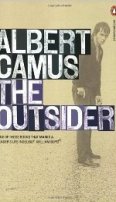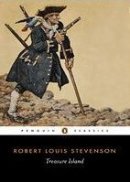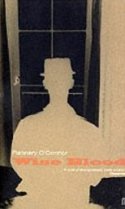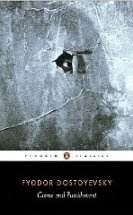Martin Stanley is a Brit-grit author with a brace of novels under his belt. The Gamblers and The Hunters are both available now on Kindle and well worth a look.
Martin’s pick is The Outsider by Albert Camus…
“Mother died today. Or maybe yesterday; I can’t be sure.”
So begins The Outsider, Albert Camus’ masterpiece of alienation.
The funeral of the protagonist’s mother gives us everything about the man that we need to know. Mersault experiences life from moment to moment, based on sensory experience, he seems to show little regard for the feelings of others, remains detached and aloof, and he is unflinchingly honest. These traits will ultimately prove to be his undoing, which pitches this work into the realm of noir.
Upon his return from the funeral, Mersault helps his neighbour Raymond take revenge on a girlfriend he suspects has been unfaithful and sets in motion a sequence of events that leads to him killing an Arab man on a beach. Mersault is arrested, incarcerated and tried for the crime. The prosecutor uses Mersault’s detachment to paint him as a soulless monster. It works, and Mersault is sentenced to death. When a chaplain pesters him into accepting God Mersault flies into the one and only moment of rage in the entire book. He realises the pointlessness of his existence, of mankind’s existence, and tells the chaplain that nobody has the right to judge him. At the end, he accepts that the world ultimately won’t care about his death and finds a kind of peace.
The Outsider has a drive and momentum that few would normally ascribe to a piece of philosophical literature. Hell, there are plenty of pulp writers who probably wish they could tell a story as compelling and urgent as this. And, when push bumps chests with shove, Mersault’s story is pure noir. The novel’s conclusion isn’t one of triumph – after all, where’s the triumph in wanting a large crowd at your execution so you can feel less alone? No, you’ll find no triumph or happiness here, just truth, though you might be pleased to know that unlike many literary tales you won’t find many adverbs either!
The prose is as lean and hardboiled as they come. Camus openly acknowledged that The Outsider’s prose rhythms were influenced by James M Cain’s The Postman Always Rings Twice – and it shows. There are no bloated sentences or moments when the writer shows us his erudition (which in Camus’ case was considerable) – instead, he just gets on with telling a story and kicking the reader in the guts. And it’s all the better for it – you won’t forget this tale in a hurry.
If only all literature was this stripped back and powerful.
– Martin Stanley
The Criminal Classics series was prompted by a post which originally appeared at Crime Fiction Lover.




